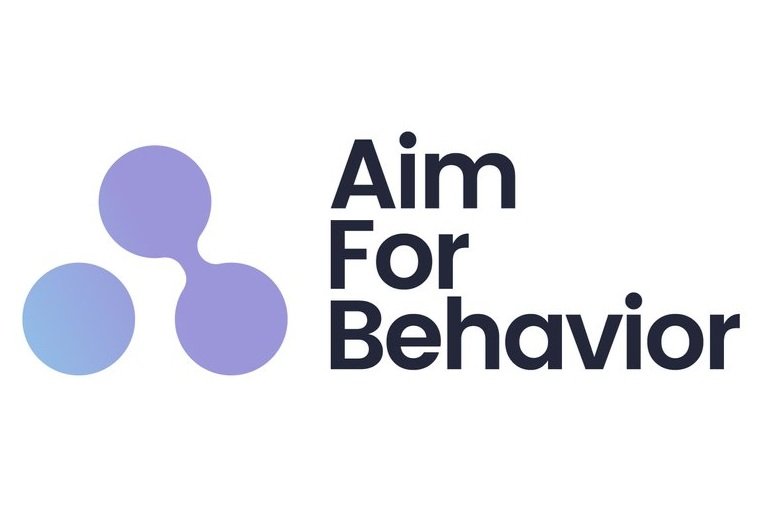Let's explore an engaging approach to designing solutions for behavior change using the COM-B Model and the Behavior Change Wheel.
Image credit: Yoon et. al (2022) 'Facilitators and Barriers to Uptake of Community-Based Diabetes Prevention Program Among Multi-Ethnic Asian Patients With Prediabetes'"
For those who aren't familiar, the Behavior Change Wheel is a comprehensive framework pioneered by Susan Michie, Robert West, and their team at UCL.
It integrates 19 different behavior change frameworks to provide an all-inclusive perspective.
The COM-B Model forms the hub of this wheel, offering valuable insights into the barriers and facilitators of behavior:
These are categorized into 3 dimensions:
-Capability (physical and psychological) knowledge, skills
-Opportunity (physical and social) norms, resources
-Motivation (reflective and automatic)emotions, habits, beliefs
This model, which I use in my own work serves to identify what might be holding back your customers, employees, or even yourself from taking actions you've been meaning to execute.
It does not look only at the individual, but it also looks at the system and things around the environment that may be making behavior hard to do.
Surrounding the COM-B model (the wheel's hub) are the Intervention types - some of these include Education, Incentivization, and Training for example.
Now, let's look into an example of its application in diabetes prevention design, which the image presents in a good visual way:
The wheel becomes a dynamic canvas filled with varied interventions and strategies.
(While approaches to this may differ slightly, the given representation is quite interesting.)
The design contemplates three dimensions:
>Patient Level - i.e Amplifying patient awareness of pre-diabetes
>Provider Level -i.e Enhancing communication skills and seizing teachable moments at diagnosis
>System Level - i.e Encouraging involvement from physicians and leveraging social marketing.
This image from the study also showcases the different interventions and what barriers they are addressing.
I would take it even further and build a journey out of it - to have an even better tool for communication and decision-making in your teams. (I'm building a course in the fall for this)
Personally, the model and the encompassing framework have been invaluable in my work - which has encompassed, among other things financial well-being, cultural transformation, medication adherence, digital products and services.
If you have used the BCW, what other uses have you had for it and how have you adjusted it for a project?
Remember, a deeper understanding of people, the environment, and the context in which they make decisions will lead to better outcomes.

